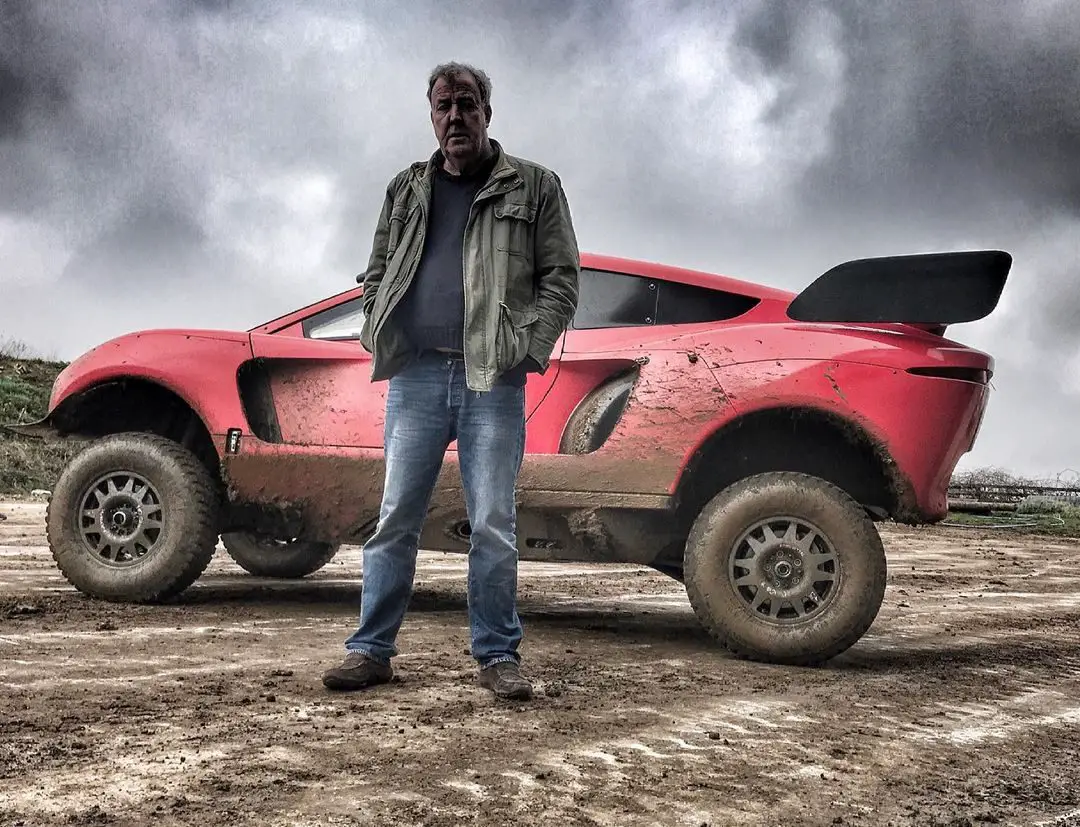Toyota Celica’s Rally Glory: A Nostalgic Journey through Its Triumphs and Challenges
Exploring the Legacy of Toyota's Celica in the World of Rallying
Toyota Times revisits the rally glory of the Celica, sparking discussions about its revival. This journey through its rally heritage, focusing on the fourth and fifth generations, unveils a rich history.
Key Takeaways:
- The fourth-gen Celica transitioned to front-wheel drive in 1985.
- The ST165 made its WRC debut in 1988, achieving its first victory in 1989.
- The Celica secured multiple championships but faced challenges with the ST205.
Toyota Times, the internal magazine of Toyota, has recently taken a trip down memory lane to celebrate the remarkable rally history of the Celica. This nostalgic reflection serves as a response to the ongoing speculations surrounding the potential resurrection of the Celica nameplate. Specifically, the magazine sheds light on the illustrious era of the fourth and fifth generations of the Toyota Celica, which dominated the rally scene during their respective periods.
The fourth-generation Celica made its grand entrance in 1985, marking a significant shift from rear-wheel to front-wheel drive. It was a momentous transition that would set the stage for the Celica’s rallying success in the years to come. However, the real game-changer was the introduction of the GT-Four a year later. This variant incorporated a full-time four-wheel drive system and a potent turbocharged engine, bearing the model code ST165. In 1988, it made its debut in the World Rally Championship (WRC) and celebrated its first victory at the 1989 Rally Australia, with Finnish driver Juha Kankkunen behind the wheel.
The Celica’s dominance continued in the 1990 season, securing victory on five different occasions. The highlight of this period was Carlos Sainz Senior clinching the drivers’ championship while driving the ST165. Sainz, who is currently a driver for Audi Team Sport in the Dakar Rally, repeated his success in the 1992 season, this time piloting the next-generation ST185. This iteration featured a more powerful engine and enhanced suspension, further solidifying the Celica’s reputation in the rallying world.
In 1993, Juha Kankkunen returned to Toyota from Lancia, and his contributions propelled the Japanese automaker to a coveted manufacturers’ title with three races left in the calendar. This achievement marked a historic moment, as Toyota became the first non-European automaker to claim the manufacturers’ title since the establishment of the WRC in 1973. Concurrently, Kankkunen secured his fourth Drivers’ Championship title. The ST185 made a triumphant return in the 1994 season, securing both the drivers’ and manufacturers’ titles, with former French rally driver Didier Auriol leading the standings.
Unfortunately, the Celica’s reign came to an end in the following year with the introduction of its successor, the ST205. This new model presented challenges in terms of setup, aggravated by the team’s improper modification of the turbocharger restrictor. As a result, Toyota faced disqualification from the WRC in the 1995 season, allowing the late Colin McRae to secure his inaugural and sole Drivers’ Championship title in the Subaru Impreza. The Toyota team faced suspension for the 1996 season, and the Toyota Corolla made its entry in the 1997 season.
In Summary:
The Celica’s rally history is a testament to its prowess, from multiple championships to unexpected setbacks. Toyota Times takes a fond look back at this iconic nameplate.

